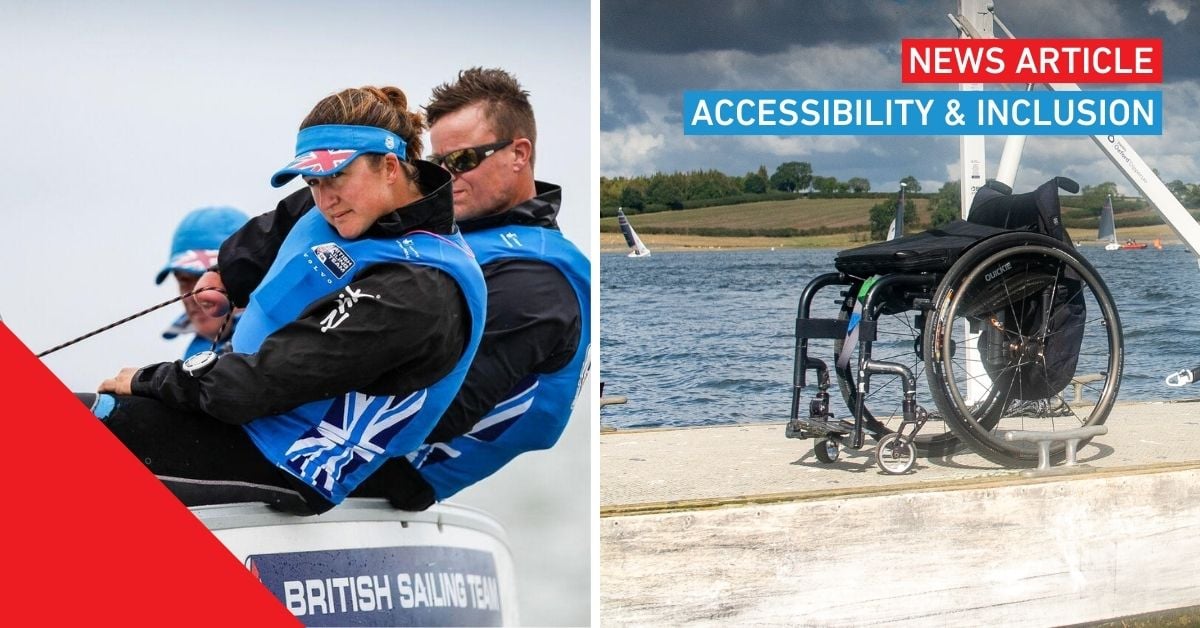The world’s first hydrogen boat visits Amsterdam
Imagine a 32 metre floating twin hulled smart grid, utilising a combination of solar, hydrogen and fuel cell technology for propulsion, and all of her on board power requirements.
The Energy Observer is the world’s first hydrogen boat.
The Energy Observer is a global cruising experimental laboratory, designed and operated with the ultimate goal of total zero emission energy autonomy. She is the first vessel utilising hydrogen power to travel around the world, emitting no greenhouse gases, fine particles or noise!
Currently well into a 6 year, 50 country, 101 stopover world tour, she was recently moored in the harbour of Amsterdam. This was an opportunity not to be missed and we were lucky enough to be invited on board for a look around by Project Director Luis Noel Vivies, a man with a solid offshore racing pedigree, including a key role with the French challenger in the 35th America’s Cup.
Also on board was the Captain Victorien Erussard, himself a very experienced ocean racer from the city of Saint-Malo in the north of France, and the founder of the Energy Observer vessel concept. He and his crew set off from France in 2017, immediately after the COP23 Climate Change agreement was struck. Their departure was personally blessed by French President Emmanuel Macron, who bestowed the project with the hashtag: #MakeOurPlanetGreatAgain.
Amsterdam milestones in sustainable propulsion
A couple of notable events have concurred with the vessels Amsterdam stopover. Firstly, together with The Hydrogen Council, a strategic partnership to advance hydrogen technologies was agreed. This council is a global initiative of CEOs representing energy, transport and financial institutions, advocating for the accelerated deployment of hydrogen solutions.
Note: Maritime transport emits around 940 million tonnes of CO2 annually and is responsible for about 2.5 percent of global greenhouse gas (GHG) emissions. Hydrogen Council members, many of whom are part of the mobility sector, realise the potential for hydrogen to decarbonise transport as part of the emerging clean energy revolution, and view the Energy Observer voyage as a significant step toward making hydrogen more visible to decision makers around the world.
Secondly, before she departs on the next leg of her journey headed north to Scandinavia and Russia, she will have two large wing sails fitted in Amsterdam. These have been inspired by the successful adoption of rigid sails on the America’s Cup racing yachts, and will consist of a composite mast 12m high, with two sails of 32m2. This will increase the boat’s energy efficiency, allowing her to sail without using her engines in suitable conditions, and using the free rotation of her propellers as a hydro generator to produce more clean energy.
About the vessel 'The Energy Observer'
Built in Canada in 1983 as a maxi-catamaran, she already had an outstanding racing career behind her, under the names of Formule TAG, Tag Heuer, Enza New Zealand etc.
Originally 24.38 meters long, she has since been lengthened four times, and is now 30.5 metres long and 12.80 meters wide.
Almost every horizontal surface on the catamaran is covered with solar panels (1,400 ft2 in all.) These are ruggedly developed to be bonded to the curve of her aerodynamic contours with anti-slip properties so they can be walked upon by the crew. Some are on a suspended deck that extends to the sides of the vessel, and a variety of angles are utilised to generate power efficiently from direct sunlight, as well as light reflected from the high gloss white superstructure, and the water below.
Hydrogen as energy
Propulsion comes from two electric motors, nothing unusual about that these days, but it’s the way the energy is stored that makes the concept special, and saves a huge amount of excess weight in the vessel. The Energy Observer uses just 106-kWh of battery storage (no more than an electric car,) and instead of having large battery banks, the electricity generated by sun or wind is stored as hydrogen gas. Hydrogen propulsion might be the future for sustainable recreational boating as well.
An electrolyser uses the current to split sea water into hydrogen and oxygen. The oxygen is released into the atmosphere and the H2 is stored in eight tanks, made from aluminium and carbon fiber, which can hold up to 137 pounds of compressed hydrogen. When that energy is needed, the H2 is run through a fuel cell and recombined with oxygen from the air to create electricity, with water as a by-product.
That’s the same way that some futuristic fuel cell cars are running, but the Energy Observer team are testing, monitoring and optimising each component in the system under extreme marine conditions. Their objective is to enable its use across a wider range of onshore and marine applications, and to prepare the vessel as a training school for adopting hydrogen energy technology when her voyage is completed in 2023.
The quest for hydrogen and zero-emission propulsion thus continues, and we can't wait to see what the future holds!
Share your stories on leisure marine industry with us
Do you have an innovation, research results or an other interesting topic you would like to share with the leisure marine equipment industry? The METSTRADE website and social media channels are a great platform to showcase your stories! Let us know via metstrade@rai.nl
Are you a METSTRADE exhibitor?
Make sure you add your latest press releases to your Company Profile in the Exhibitor Portal for free exposure.




